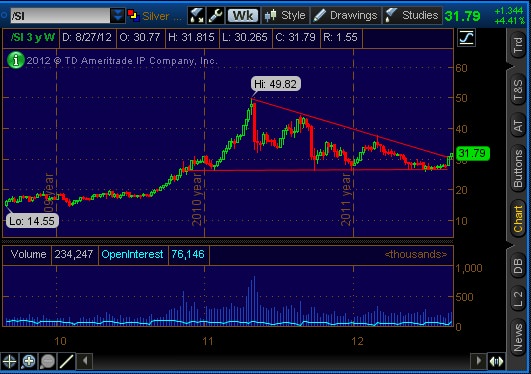Is Austrian Economics Scientific?
There are plenty of Austrians who will make the case from A to Z about how Austrian Economics is scientific. I do not need to repeat their efforts, so I will not be making the case that Austrian Economics is deduced from a true axiom. Rather I’ll take a softer view, but one that is harder to refute. Rather than claim statements deduced from the action axiom, humans act, are a priori truths, I will simply point out that they are conditional truths. That is, they are true whenever the statement “humans act” is true.
But when non-Austrians study history or economics or any of the other areas Austrians use praxeology to study, they are never denying humans acting. Sure, they may not feature human action as the center of their models, they may aggregate humans into groups to solve more easily solve larger problems, but they aren’t denying fundamentally that human act.
The testing of hypothesis via the scientific method also implies another truth that non-Austrians accept: the demand for internal consistency. If a new data point is inconsistent with the story the hypothesis tells, the data point may be an indicator that the hypothesis is flawed, or perhaps the hypothesis indicates that the observation of the data point is somehow flawed, but something must give. Science does not abide logical inconsistency.
So when studying economics from any school’s perspective, we are implying humans act, and so all theories must be consistent with all propositions deduced from the fact that humans act. Any inconsistency tells us one of two things–either the non-Austrian theory is wrong, or humans aren’t acting. Since non-Austrian economics implicitly assume humans do act, whether the Austrians are right or wrong, whether Austrian economics is science or not, the non-Austrian hypothesis in question is certainly flawed.
From this soft position, then, I cannot truly argue that Austrian Economics is scientific, only that it is more scientific than any competing school of economics. When pressed, defenders of mainstream science ultimately become more humble, acknowledging we can never know any scientific proposition is true with 100% certainty, and that the current state of science merely represents the best we can do at this time. As per my above reasons, for now it’s the Austrian School that provides us the best economic science we have.



Recent Comments